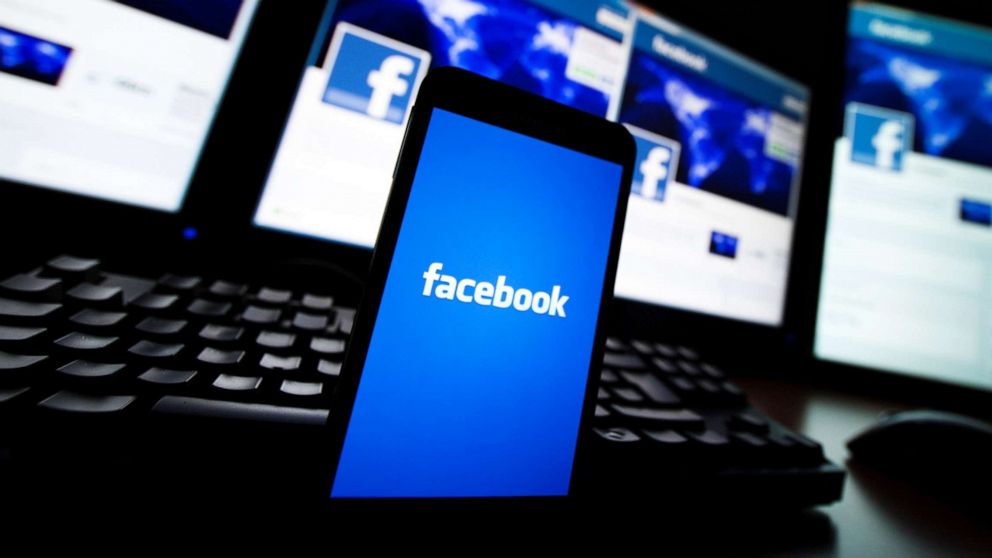
Facebook has been regularly removing fake accounts in its fight against disinformation, but the company’s latest announcement presented a twist — artificially generated profile pictures.
Facebook recently announced that it had taken down a network of accounts for “inauthentic behavior” (i.e. accounts assuming false identities), and mentioned that some of them had used artificially created profile pictures. “Some of these accounts used profile photos generated by artificial intelligence and masqueraded as Americans,” the statement said.
The social media company said it found the accounts through an internal investigation, but the takedown came just a few days after researchers from independent fact-checking organizations unearthed many of the accounts.
Facebook’s investigation found accounts linked to U.S.-based media company The BL using AI-generated profile pictures from the site ThisPersonDoesNotExist.com — a site created by a researcher at the University of Michigan to help educate the public about fake images. Each time you refresh that page a new photo is generated. The resulting images look like someone who could be mistaken for anyone’s teacher, butcher or bus driver but none of them actually exist.
The faces are all artificially created using technology similar to what goes into “deepfake” videos, where real videos are edited to make the subjects appear to speak words they never uttered.
A joint report from AI research firm, Graphika, and the Atlantic Council’s Digital Forensic Research Lab, a group established to research disinformation, outlined how they identified the artificially created faces from the accounts removed by Facebook.
Images generated using artificial intelligence, specifically by a machine-learning method known as a GAN, or generative adversarial network, are “notorious for struggling with features that should be symmetrical on the human face, such as glasses or earrings and with background details. Profile pictures from the network showed telltales of all three.” Facebook provided information to Graphika and the Atlantic Council for analysis in advance of the announcement.
This video created by researchers from computer graphics firm NVIDIA shows how easily the GAN technology can be used to create hundreds of fake photos.
The report says that of the more than 900 accounts taken down, “dozens” had used these AI-generated fake faces as profile pictures. The pictures look completely normal to the naked eye but expert analysis shows telltale signs that the photos have been manipulated as outlined in this example below from the report. In the picture “Mary Keen” looks like a real person but Graphika and DFRLab experts found inconsistencies in her neckline, some of the color compression and some of the background images.
The 610 Facebook accounts, 89 Facebook pages, 156 Groups and 72 Instagram accounts originated in Vietnam and the U.S.
“The people behind this activity made widespread use of fake accounts — many of which had been automatically removed by our systems — to manage Pages and Groups, automate posting at very high frequencies and direct traffic to off-platform sites,” Facebook said in its report.
“The Page admins and account owners typically posted memes and other content about US political news and issues including impeachment, conservative ideology, political candidates, elections, trade, family values and freedom of religion.”
Facebook linked the accounts to the Epoch Times, an online site launched in 2000 with close ties to the Falun Gong movement which is banned in China.
The Epoch Times has made headlines before for publishing conspiracy theories, some of which were related to the 2016 U.S. presidential campaign.
However the Epoch Times denies it is responsible for the creation of these Facebook pages that were removed last week..
In a statement released after the story initially came to light last Friday, Epoch Times publisher Stephen Gregory said, “The Epoch Times and The BL media companies are unaffiliated. The BL was founded by a former employee, and employs some of our former employees. However, that some of our former employees work for BL is not evidence of any connection between the two organizations.” The BL has not responded to ABC News’ request for comment.
Recently a number of websites have sprung up, each of which creates artificial images of people that don’t exist.
ABC News recently spoke with Ivan Braun, who created a similar site Generated.Photos, which also uses AI to create fake photo portraits. ““It’s like Photoshop except instead of editing pixels you can edit objects and people. You can edit the mood of the person. You can make him happier or younger or a different ethnicity,” said Braun. He claims he created the tool to be used for marketing or stock photography but admits that the technology could be misused. “It’s definitely a problem with Facebook for example”, he said. “Right now if you take an image from Google images and post it as your profile picture, you can get your account blocked immediately. With fake photos it’s a little different”.
Braun highlighted that the technology is easily accessible and doesn’t see Generated.Photos as a security risk. Last June, experts told a House committee hearing that instructions on how to create deepfakes were easily accessible on the internet and that a high school student without AI expertise could create a manipulated photo or video overnight. Instead he says people need to educate themselves as to how they consume media.
“We shouldn’t presume anymore that any photo or video is authentic’” said Braun. “Before the internet everything printed went through some sort of fact check. People presume anything that is printed is truth, but it’s not anymore. I think people of an older generation in particular struggle with this,” he added.
